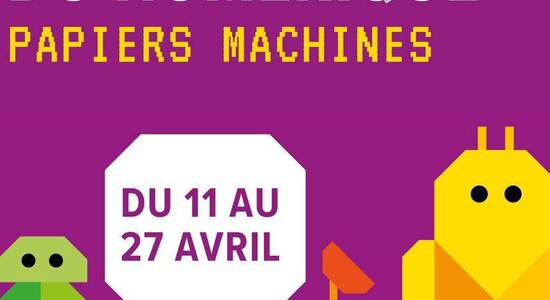Communauté
Humagora
Negotiating and communicating intentions in social robot navigation
Première conférence du séminaire Humanibots (édition 2024-2025) avec Ilaria Torre.
Robots navigating in a human-centric space need to take into account both the objective safety of pedestrians - not colliding with anyone - but also unwritten rules of social interactions - not making people feel uncomfortable or otherwise disrupt the fluency of the crowd, for example when people around the robot are walking in a hurry, or have other specific goals in mind. But what about if the robot is also in a hurry, who should have priority then? In this talk, I will present a series of studies aimed at investigating human preferences for priority negotiation while walking around robots. We first collected human trajectory data from several online studies on how they navigate around robots - based on different robot appearances, perceived agency, and navigational goals. Then we developed a planner based on signal temporal logic to generate socially acceptable robot navigation behaviour based on these human trajectories. Finally, we tested this planner in an in-person study, where we found that people took into account both their own, and the robot's, goals and intentions when navigating. I will also describe some attempts at using sonification to communicate the robot's actions and intentions intuitively and efficiently.
L'intervenante
Ilaria Torre is an Assistant Professor in Human-Robot Interaction at Chalmers University of Technology in Sweden. Previously, she was a postdoctoral researcher at KTH Royal Institute of Technology, Sweden, and a Marie Skłodowska-Curie postdoctoral fellow at Trinity College Dublin, Ireland, after obtaining her PhD from the University of Plymouth, UK, in 2017. Her research centers around improving communication between humans and robots. This includes both verbal (e.g. designing appropriate voices for robots) and nonverbal communication (e.g. investigating how sounds or other nonverbal signals can intuitively communicate information in cases where the robot cannot, or should not, use language).
De 12:15 à 13:30




